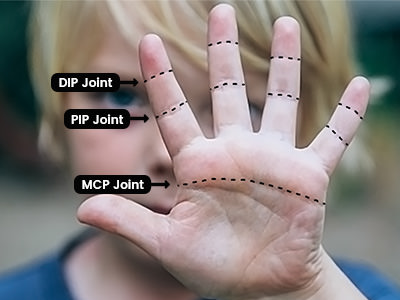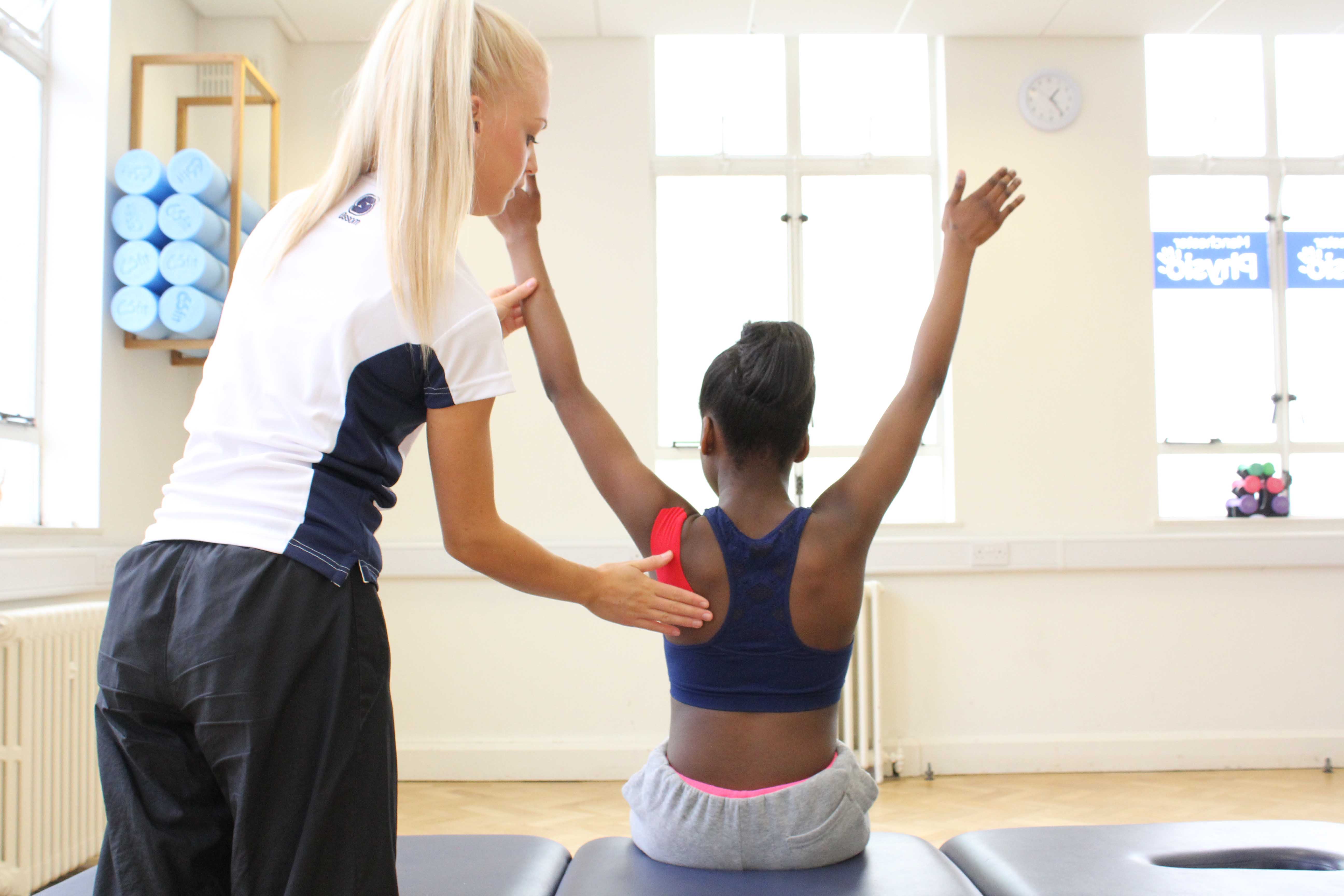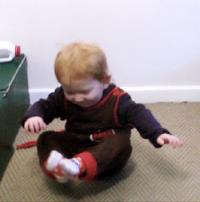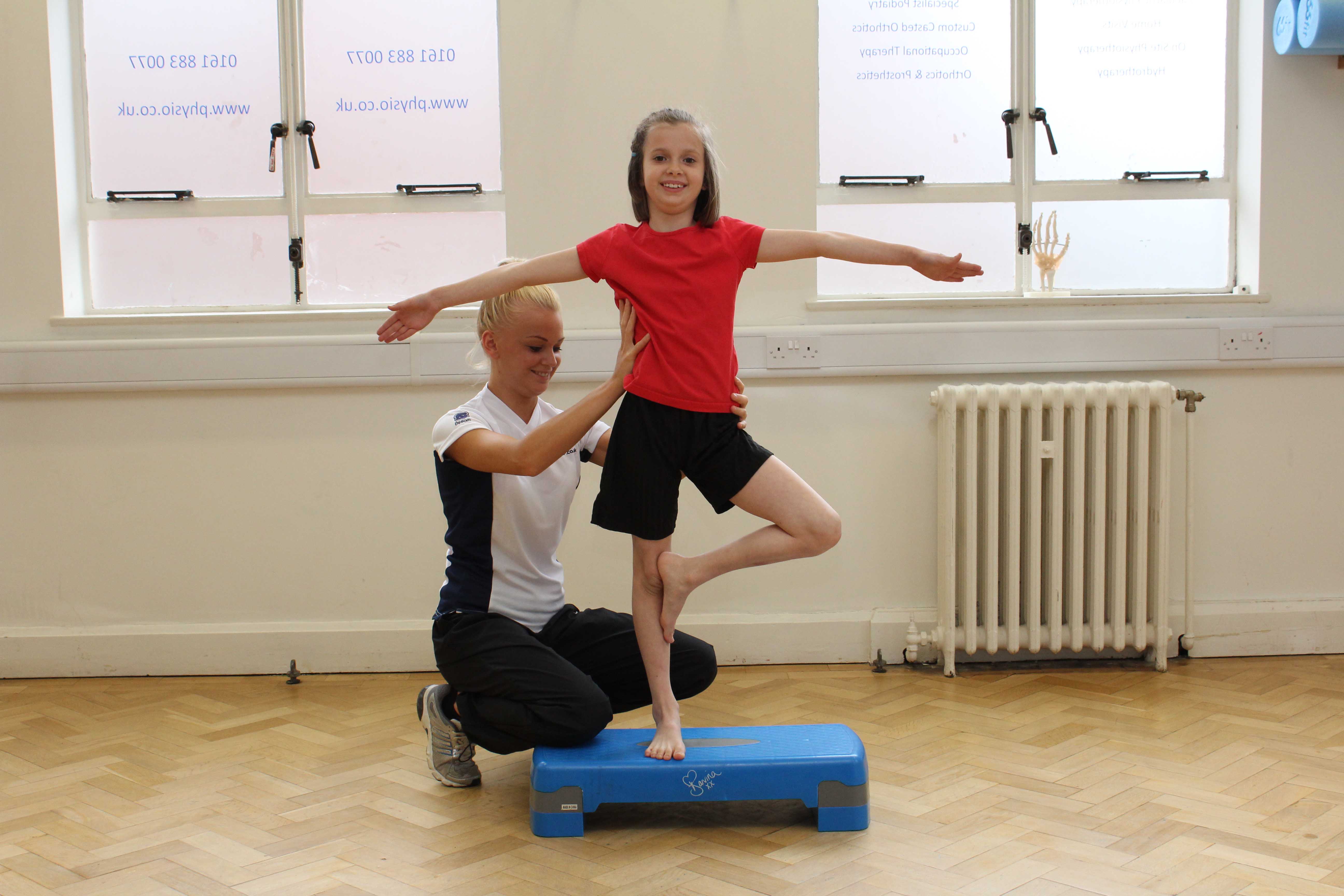hypermobility in babies uk
Hypermobility can be generalised or affect just peripheral joints for example hands and feet. EDS is more than just symptomatic hypermobility however as it can affect many functions of the body.

Is There A Happy Ending For Children With Hypermobility Double Jointed
How common is hypermobility.

. Hypermobility literally means more movement. If you need advice or have feedback on a community hospital in. Hypermobility refers to an increased range of movement in multiple joints for their age.
All babies under 28 weeks gestation andor with 1000g or less birth weight will be monitored. Hypermobility isnt an illness or a disease and as such cant be cured. Childrens Physiotherapy Direct Tel.
Site by CTI. Bend a thumb backwards to touch your forearm. This can cause severe on-going pain.
EhlersDanlos syndromes EDS are a group of thirteen genetic connective-tissue disorders that are in the current classification with a fourteenth type discovered in 2018. In hypermobility these ligaments are more lax and therefore allow more movement at the joints. When you have joint hypermobility it means your joints are more flexible than in other people.
The CSP is the professional educational and trade union body for the UKs 60000 chartered physiotherapists physiotherapy students and support workers. It affects 7 10 of school age children in the UK. The ligaments that offer stability are more lax and therefore cause increased flexibility.
Parent Leaflet- Symptomatic Hypermobility. Hypermobility in babies uk Friday January 7 2022 Edit. It is expected that as muscles become stronger the pain will decrease.
The recommendation on when community management is usually appropriate is based on musculoskeletal triage guidance for children and young people RightPath 2017. The older you are the less likely it is you will be hypermobile. Joint hypermobility in babies and children is even more common and usually causes no problems.
Liz Clayton previously Hardy is an Advanced Physiotherapist in Paediatric Rheumatology. Using this leaflet. But when hypermobility causes pain it.
Symptomatic hypermobility can be due to. Bend a little finger back more than 90 degrees. It is not an illness or disease and is a normal variation.
For more information visit. RightPath 2019 and expert opinion in a review article Smith and Ramanan 2013Expert opinion describes the doctors role as establishing an accurate diagnosis of joint. 0300 421 6980 wwwghcnhsuk 0-16 years or 16-18 in full-time education.
With a holistic solution-focused approach to living well with a hypermobility syndrome our expert patients volunteers and medical. Hypermobile joints those that move beyond their normal range of motion are common affecting 8-39 of school-age children with girls more commonly affected than boys Tofts et al 2009. Joint shape looser ligaments or poor muscle tone without a connective tissue disorder C.
Paediatrics Hypermobility in children Under 5s Hypermobility in children Under 5s September 2021 2 are managing this well they can try standing on a cushion on a carpeted floor or throwing and catching a ball at the same time. Hypermobility is very common in babies and children and is often referred to as being double-jointed but that does not mean that this disorder is to. It affects 7 10 of school age children in the UK.
While standing put hands flat on floor while knees stay straight. Hypermobility in Children Description or Diagnosis. HSDs are the diagnosis where the main or only symptoms are exercise-related pain together with joint hypermobility.
Open Mon-Fri excluding bank holidays 9am-12pm. This leaflet is for children who have hypermobility in their joints. Other useful information Hypermobility Syndromes Association.
It is sometimes referred to as being double jointed and is quite common about 1 in 10 people are hypermobile. The Hypermobility Syndromes Association is here to support everyone with symptomatic hypermobility whatever the cause however mildly or severely they may be affected and whether or not they are diagnosed. The older you are the less likely it is you will be hypermobile.
Most children are flexible but some more so. It is extremely common in children having being reported in 25 to 50 of those younger than 10 years of age. This is a normal finding and very common in children.
Other conditions like Downs syndrome Cerebral. Infant hypermobility is a common asymptomatic condition in children under the age of 5 that causes joints to move outside their normal limits. It occurs when collagen levels in tendons and ligaments are altered making the fibers thinner and less stiff.
If your child is under the age of 4 they may struggle with this exercise. Specific heritable disorders of connective tissue like Ehlers-Danlos syndromes Marfan syndrome Stickler syndrome osteogenesis imperfecta and others. The increased range of movement at the joints sometimes called joint laxity or being double jointed is due to differences in the connective tissue that forms the joint capsule and ligaments.
This leaflet is intended to be used in conjunction with the APCP symptomatic hypermobility. This is an advantage to some children and tends to be associated with being good at sport. With hypermobility ligaments are relaxed and the joints they support are more flexible and move easily beyond the normal range expected for that joint.
Hypermobility in children Over 5s. Hypermobility exercises for under 5s August 2019 Page 1 of 3 Patient information to be issued by physiotherapists Hypermobility in children Under 5s This leaflet is for children who have hypermobility in their joints. It covers exercises for strengthening your childs legs arms and core muscles to help support their hypermobile joints.
A child is likely be prone to injuries easy bruising and their skin may tear after minimal trauma with injuries taking longer than usual to heal. Castori and Hakim 2017. It covers exercises for strengthening your childs legs arms and core muscles to help.
Hypermobility refers to an increased range of movement in multiple joints for their age. Hypermobility is a condition in which you have more movement in your joints. 4 points and pain in 4 or more joints for at least 3 months joint hypermobility syndrome likely.
Children and young people may suffer aches and pains and these are usually a result of the muscles being used to stabilise the joints and fatigue rather than the result of injury or damage. Babies with joint hypermobility have joints that are able to bend further than usual and a trunk and limbs that appear to be floppy and weak. 4 points hypermobility likely.
Muscle pain after activity even for 1-2 days afterwards is normal. It is extremely common in children having being reported in 25 to 50 of those younger than 10 years of age. Joint hypermobility without pain occurs when children have stretchy or flexible joints but without exercise-related pain.
They may also have poor stamina and digestive or bladder issues. It occurs on average in 30 of the child population being more common in girls than in boys in a ratio of 3 to 1. Hypermobility in babies or children is a condition whereby a child has more than normal range of movement in some or all of the joints in their body.
Hypermobility may affect just one joint or many joints. Hypermobility is commonly seen in young children.

How Hypermobility And Low Muscle Tone Affect Your Baby S Development Skills For Action

I M Proud To Be A Mum Of A Baby With Joint Hypermobility

Joint Hypermobility In Babies And Children Emma S Diary

Hyper Mobility Syndrome Children Conditions Paediatric What We Treat Physio Co Uk

How Hypermobility And Low Muscle Tone Affect Your Baby S Development Skills For Action

Hyper Mobility And Low Muscles Tone In Infants Low Muscle Tone Muscle Tone Pediatric Physical Therapy Activities

Hyper Mobility Syndrome Children Conditions Paediatric What We Treat Physio Co Uk

How Hypermobility And Low Muscle Tone Affect Your Baby S Development Skills For Action

How Hypermobility And Low Muscle Tone Affect Your Baby S Development Skills For Action

Steps Charity Worldwide How Healthy Are Your Baby S Hips Please Share 5 Way To Check Your Babies Hips Dislocated Hips Are Not Visible Or Painful And Can Go Undiagnosed Early Detection

Is There A Happy Ending For Children With Hypermobility Double Jointed

How Hypermobility And Low Muscle Tone Affect Your Baby S Development Skills For Action
Toddler Returns Parents Accused

What Is Hypermobility In Babies Children Young Adults Therapy Stars

What Is Hypermobility In Babies Children Young Adults Therapy Stars

Joint Hypermobility What It Is And How It Is Diagnosed And Managed

